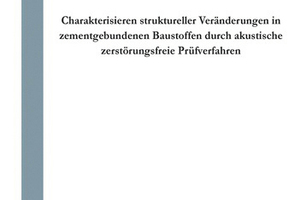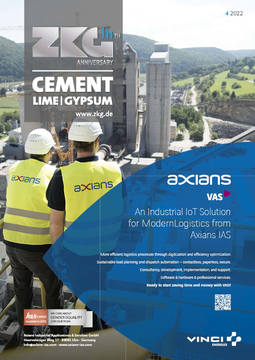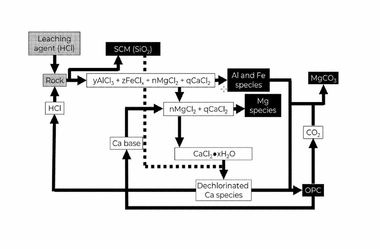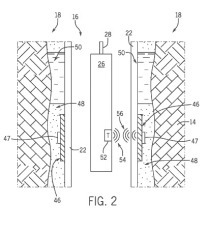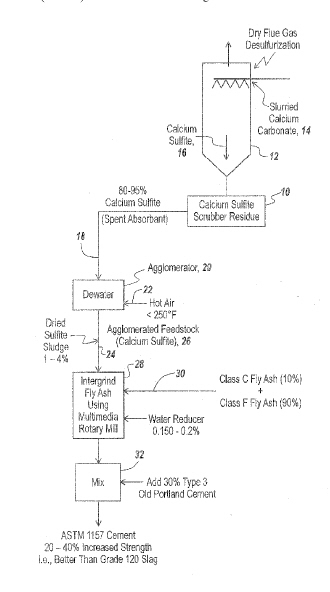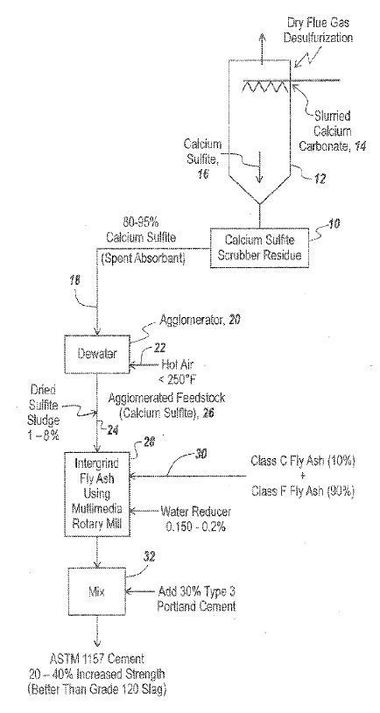Characterize structural changes in cementitious building materials by acoustic non-destructive testing methods
The original title of the German dissertation by René Tatarin is “Charakterisieren struktureller Veränderungen in zementgebundenen Baustoffen durch akustische zerstörungsfreie Prüfverfahren”. In this research, structural changes of cement-based building materials are characterized using two ultrasonic transmission-based methods of non-destructive testing (NDT) with mechanical waves.
An overview of essential theoretical, metrological and material-related fundamentals of acoustic non-destructive testing methods for the investigation of cementitious building materials is given. Special issues concerning wave propagation in fresh cementitious systems as well as laser-induced excitation are analytically considered.
For continuous characterization of setting and hardening of fresh cementitious materials a measurement system is designed, characterized and applied based on ultrasonic compressional and shear wave transducers in combination with associated data evaluation procedures. The development of dynamic elastic properties, the structure formation rates and the extracted discrete result parameters enable a sensitive and quantitative analysis of the structural formation of fresh cementitious materials from a mechanical point of view.
The application of laser-based techniques for generation and detection of mechanical waves and their combination to laser-ultrasonics eliminates the disadvantages associated with the application of conventional ultrasonic through-transmission techniques. As an essential prerequisite, systematic experimental investigations of laser-induced ablative generation are carried out for the scanning application of laser-ultrasonics on cement-based building materials. These investigations contribute to the understanding of the excitation mechanism directly on the surfaces of concrete, natural aggregates and metallic targets and to the identification of relevant influencing factors from the characteristic material properties. By gathering optimized process parameters, the limitations of laser-ultrasonics to concrete are shown. Laser-ultrasonics is applied using compressional waves for time- and space-resolved characterization of the structure formation and homogeneity of fresh and hardened specimen of cement-based building materials.
With the implementation of tomographic methods (2D travel-time tomography) it is possible to obtain superposition-free information on the spatial distribution of microstructural changes within virtual cross-sections of damaged specimens. The combined freeze-thaw deicing salt attack as well as the alkali-silica reaction (ASR) are investigated as mechanisms of concrete damage. The methods of non-destructive testing developed within the scope of this study offer extended possibilities for the characterization of cement-based building materials and their structural changes and can be applied in a targeted manner in materials development, quality control and in analysis of damage processes and causes.
The dissertation was published in German by Cuvillier Verlag and can be ordered at the Bauverlag’s Book Shop “Profil-Buchhandlung im Bauverlag”:

